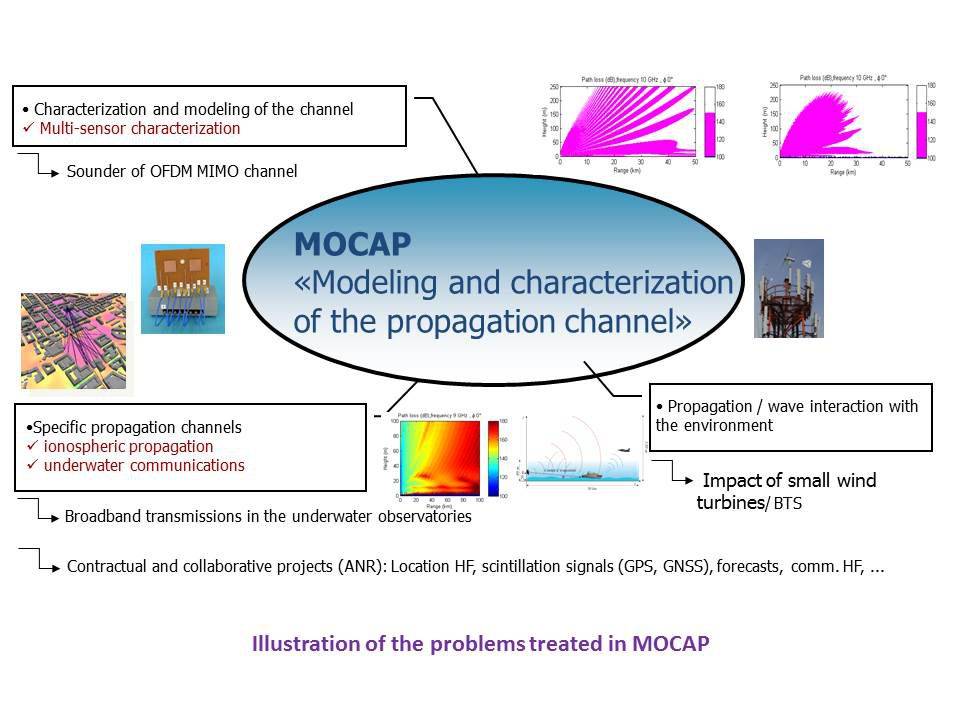MOCAP theme

Knowledge and fine modeling of the propagation channel are key steps in the design and optimization of systems for wireless communications, radar, remote sensing, radio navigation ...
Wireless applications require the use of a transmission channel whose characteristics have a strong impact on the propagation of electromagnetic waves (terrestrial or satellite links). It is therefore essential to have a knowledge of macroscopic propagation mechanisms to obtain an accurate modeling of spatial and temporal properties of the channel.
This modeling must take into account both deterministic components and both diffuse components are only approximations of reality. The aims are to obtain a better prediction of the channel needed for the radio interface design or allow the study of the capabilities offered by multi-sensor connections (MIMO).
The characterization of the propagation environment is also essential for modeling the knowledge that it must be independent of the antennas used. The characterization using conventional sounder can be expanded to benefit to a multi-sensor type of characterization, paving the way for localization techniques or new measurement techniques for monitoring the radio spectrum. Other applications also require the study and characterization of specific transmission media (radio frequency antennas for contexts of underwater observatories for example).
Furthermore, taking into account interaction of the waves with the environment (objects, atmosphere, nature of the surface over which the propagation is carried out, ...) is essential, for example, in the field of radar where the prediction of the propagation losses represents a key step in the detection process. This consideration may also be useful for locating electromagnetic sources …
